Medical history showed that the child had been sick for 2 days, the first day had fever, vomiting, rash and blisters on the palms and feet. On the second day, the child had a sudden fever and was admitted to the local hospital for diagnosis of hand, foot and mouth disease level 2A. Treatment according to the protocol did not improve the child's condition. The child was transferred to the City Children's Hospital (HCMC) for further treatment.
On July 16, specialist doctor 2 Nguyen Minh Tien, Deputy Director of the City Children's Hospital, said that here, patient K. showed signs of lethargy, pulse 144 times/minute, blood pressure 121/49 mmHg, breathing 34 times/minute irregularly with abdominal breathing, was diagnosed with grade 3 hand, foot and mouth disease, high blood pressure, slightly increased liver enzymes, and severe metabolic acidosis.
The child was treated with endotracheal intubation to help with breathing, immunomodulatory drugs, sedatives, antipyretics, and acid-base electrolyte adjustment. After 7 days of treatment, the child's condition improved, fever reduced, heart rate decreased to 120-125 beats/minute, hemodynamics were stable, the ventilator was removed, and he was alert and able to communicate.
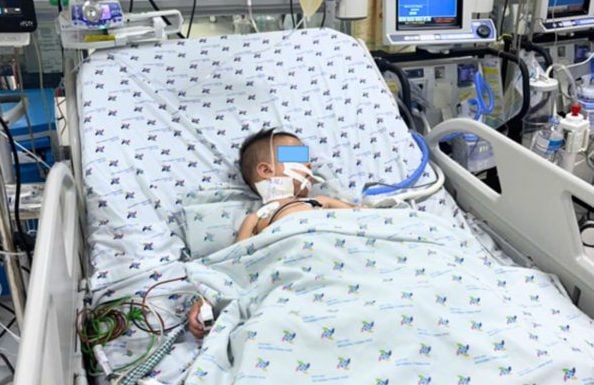
The child was diagnosed with grade 3 hand, foot and mouth disease when admitted to the City Children's Hospital.
PHOTO: BSCC
Be alert for hand, foot and mouth disease symptoms
Through this case, Dr. Tien reminds parents that when they see their children showing signs of fever, rash with blisters on the hands, feet, buttocks, knees, mouth ulcers, appearing with one of the following symptoms: startled, vomiting a lot, high fever that is difficult to reduce, abnormal breathing, shaking hands and feet, staggering, unsteady sitting, difficulty swallowing, skin rash (purple veins), pale, lethargic, convulsions, etc., immediately take the child to the hospital for timely examination and treatment by doctors.
Parents should take precautions to prevent their children from getting hand, foot and mouth disease by: maintaining personal hygiene, eating cooked food and drinking boiled water, and not sharing personal items (towels, toothbrushes, bowls, chopsticks, spoons, etc.).
For parents, it is necessary to wash hands with soap after changing clothes, diapers, after contact with feces, urine, saliva; before and after preparing food; before and after caring for this child, then wash hands before and after caring for another child; clean toys, objects, floors, handrails, doorknobs, etc.
For children, it is necessary to practice "3 clean": Eat clean, live clean, play clean. Instruct children to wash their hands with soap under running water. Wash hands before and after eating, after playing with toys, older children wash their hands after using the toilet, wash their hands when their hands are dirty. Isolate sick children for 7-10 days, keep them home from school, avoid breaking blisters to spread the disease.
Transmission of hand, foot and mouth disease and how to prevent it
According to the Ho Chi Minh City Center for Disease Control (HCDC), hand, foot, and mouth disease is mainly transmitted through the digestive tract and direct contact with sick people through actions such as shaking hands, hugging, or kissing. Notably, the virus that causes the disease can survive on surfaces and household items such as toys, clothes, and daily contact surfaces. This makes the disease capable of spreading quickly, especially in collective environments.
To protect children from the risk of hand, foot and mouth disease, each family and educational institution needs to proactively implement the "3 clean" principle.
Clean eating and drinking: Eat cooked food and drink boiled water; use clean water in daily activities; ensure eating and drinking utensils are always clean; absolutely do not let children share napkins, handkerchiefs, eating and drinking utensils such as cups, bowls, plates, and spoons.
Stay clean: Regularly clean surfaces and objects that are touched every day with soap or common detergents, including toys, school supplies, doorknobs, stair railings, table or chair surfaces, and floors.
Clean hands: Children and caregivers should wash their hands frequently with soap and clean water, especially before preparing food, before eating or feeding children, before holding children, after using the toilet, after changing diapers and cleaning children.
Source: https://thanhnien.vn/bac-si-canh-giac-tay-chan-mieng-khi-thay-tre-sot-cao-noi-hong-ban-mun-nuoc-185250716132957616.htm




![[Photo] Opening of the World Cultural Festival in Hanoi](https://vphoto.vietnam.vn/thumb/1200x675/vietnam/resource/IMAGE/2025/10/10/1760113426728_ndo_br_lehoi-khaimac-jpg.webp)
![[Photo] Unique Phu Gia horse hat weaving craft](https://vphoto.vietnam.vn/thumb/1200x675/vietnam/resource/IMAGE/2025/10/10/1760084018320_ndo_br_01-jpg.webp)

![[Photo] Ho Chi Minh City is brilliant with flags and flowers on the eve of the 1st Party Congress, term 2025-2030](https://vphoto.vietnam.vn/thumb/1200x675/vietnam/resource/IMAGE/2025/10/10/1760102923219_ndo_br_thiet-ke-chua-co-ten-43-png.webp)
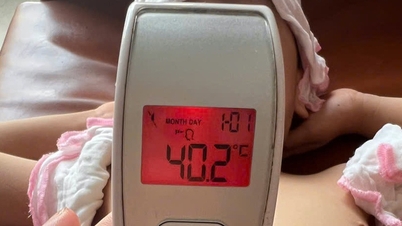





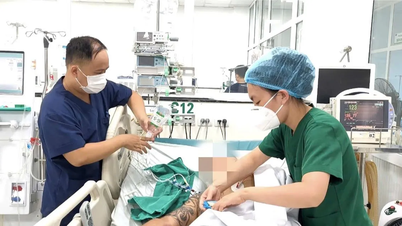

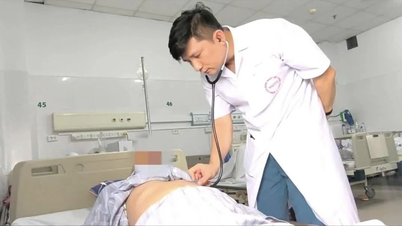


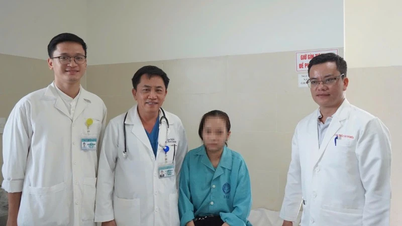














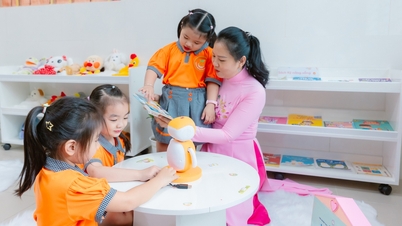


































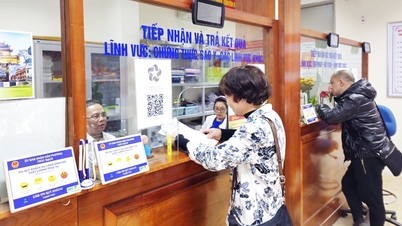


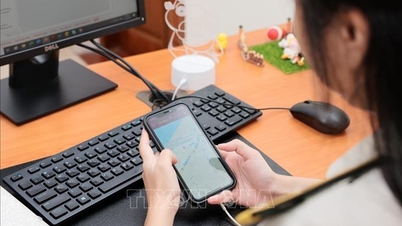





























Comment (0)